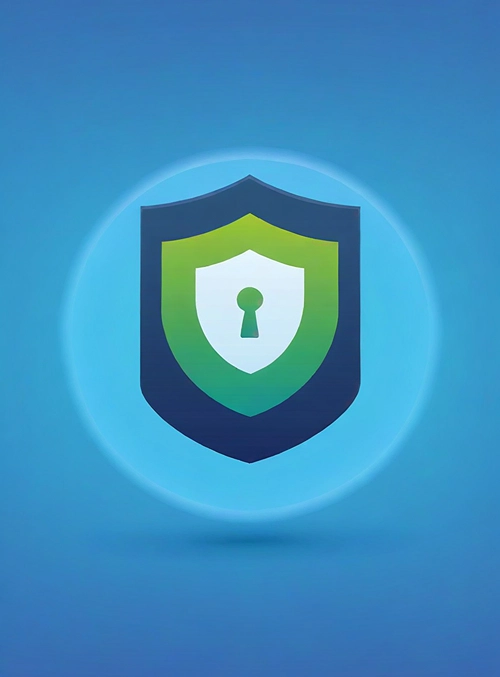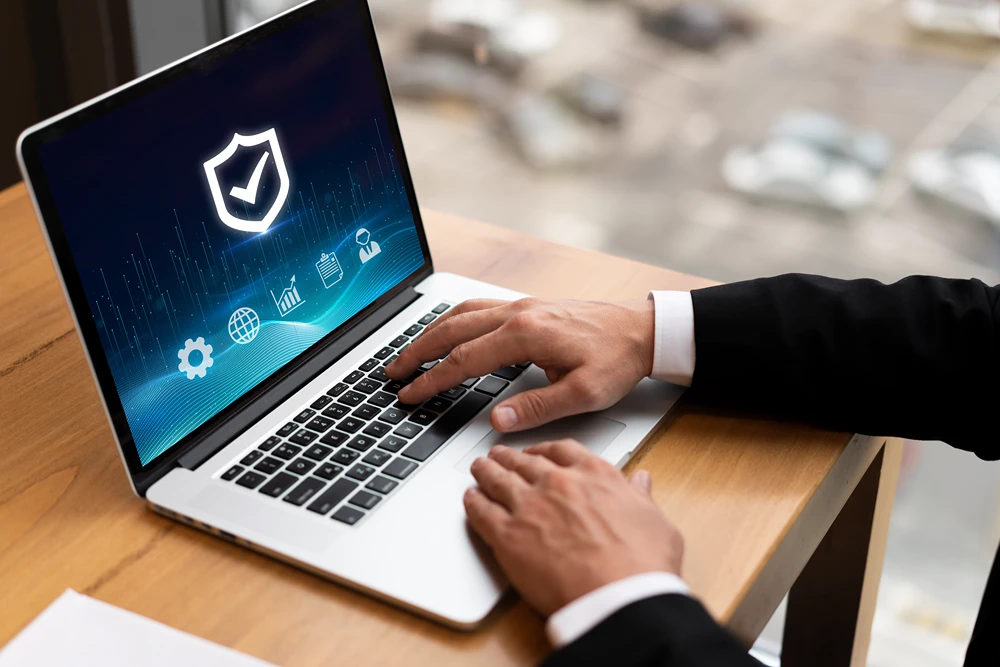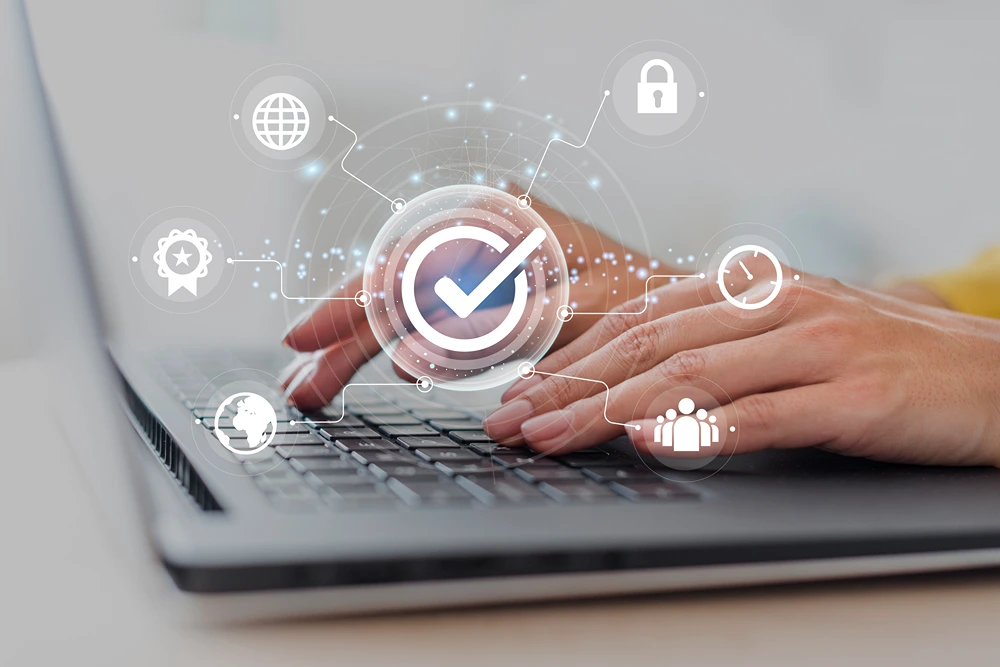How GRC Principles Improve Cyber Safety for Students
Students are exposed to many online threats that can put their personal information and school data at risk. Governance, Risk, and Compliance (GRC) principles offer simple solutions to these growing challenges. This article explains how schools can use GRC frameworks to create safer digital environments for students.
By understanding these strategies, parents, teachers, and administrators can work together to protect young learners as they explore their online education. The approaches discussed here will help schools strengthen their digital defenses without needing technical expertise.
Understanding GRC in School Settings
GRC might sound complicated, but it’s about three basic ideas that help schools keep students safe online. Governance refers to the rules and policies schools set for how technology is used. Risk management is about finding possible threats before they become big problems. Compliance ensures that schools follow the laws that protect student information.
Many online safety platforms already use these principles to make schools safer. Digital safety needs a full approach, not just one part of the solution. Modern platforms combine these three principles to provide better protection for student data and online activities, and grand.io is an example of a platform that integrates these principles to enhance digital security in schools. It helps schools streamline their security measures while ensuring compliance with regulations, making it easier to manage risks and safeguard sensitive student data.
Why Schools Need GRC Frameworks
Schools store a lot of sensitive student data, like grades, attendance records, health info, and family contact details. Without proper protection, this information is vulnerable to hackers who often target schools because they know the security systems might be weak. GRC tools made just for schools help address this problem.
These platforms give school leaders an easy way to watch for possible threats and keep track of everything happening in their systems. As more students use technology at younger ages and classroom activities move online, these solutions are even more important.
Implementing GRC in School Environments
Starting With Risk Assessment
Different schools face different technological risks, based on their specific systems and weaknesses. Before any safety measures are added, schools need to assess where their risks are and how to address them. Schools now partner with experts to run system checks that identify vulnerabilities in their networks.
By reviewing these reports, administrators can find ways to make their security stronger.
Building Appropriate Policies
A school requires policies that bridge access requirements with protective measures. The policy should specify which technological devices and steps for addressing breaches when rules get violated. Educational institutions should revise their policies frequently, so they continue to match the latest technological developments and security needs.
Teachers along with school staff should help develop the rules because their feedback provides rules that are practical and understandable. Regular meetings help to make sure these policies stay effective as things change.
Training All Stakeholders
Even the best policies can fail without proper training. Everyone who uses school technology—students, teachers, staff, and administrators—needs regular training to understand digital safety. The training should teach both technical skills and decision-making when it comes to online safety.
The training materials should be age-appropriate for students but still cover important security ideas. Interactive lessons are usually more effective than just reading a list of rules, and they help create good safety habits that last.
Key Components of Student Cyber Safety
Identity Protection Measures
Schools need to take strong steps to protect students’ identities online. This includes creating strong password policies, using multi-factor authentication, and performing regular checks to prevent unauthorized access to student data. Many school districts have central systems that help manage these safety measures.
Schools should consider using digital safety platforms that follow GRC principles to better protect students’ identities.
Data Access Controls
Not every staff member at school should be able to see all student information. With a proper GRC system, schools can set up different levels of access, making sure each staff member only sees the information that’s relevant to their job. This reduces the chances of data being exposed or stolen.
Many digital safety platforms now come with easy-to-use tools for managing these access levels. Schools looking for strong protection should choose platforms that let them adjust who has access when staff changes occur.
Incident Response Planning
Schools must have clear plans in place to handle security breaches quickly. GRC frameworks include detailed steps for what needs to be done when a security incident happens. These plans help minimize damage and allow schools to react effectively.
Schools also hold practice drills that simulate security emergencies to prepare staff. All computer-related incidents, no matter how small, must be documented so that schools can spot patterns and fix issues before they get worse.
Comparison: Traditional vs. GRC-Based School Cybersecurity
| Aspect | Traditional Approach | GRC-Based Approach |
| Focus | Technical solutions only | Technical and policy solutions |
| Decision Making | IT department only | Involves the whole team |
| Risk Management | Reactive response to incidents | Proactively identifying and stopping risks |
| Policy Development | Generic templates | Customized to the school’s needs |
| Training | One-time or annual | Continuous, role-specific training |
| Compliance Tracking | Manual documentation | Automated monitoring and reporting |
| Incident Response | Improvised when needed | Pre-planned procedures |
| Cost Structure | Higher emergency costs | Lower overall costs through prevention |
Measuring Effectiveness of GRC Implementation
Tracking Key Metrics
To see if their cybersecurity measures are working, schools need to track things like the number of security incidents, how fast they respond to threats, how well staff follow policies, and how successful training programs are. These numbers help schools understand how well their protections are working.
Regular security audits help to check if a school’s digital safety is improving. Technology directors should measure things before making changes so they can track progress. Checking these numbers every few months helps spot areas that need more attention.
Continuous Improvement Process
Since cyber threats change all the time, schools must regularly update their safety plans. The best school districts keep improving their security by regularly assessing, adjusting, and strengthening their measures. This ensures their protections stay up to date. Technology committees should schedule regular reviews of all GRC components to make sure that policies, training, and technical controls are keeping up with new risks and technology.
It’s important to document all updates so schools can remember the changes, even when staff members leave or change.
Conclusion
Using GRC principles greatly improves student cyber safety in today’s digital classrooms. This approach combines clear rules, proactive risk management, and following laws to protect students. GRC doesn’t just focus on technology—it also looks at the importance of people and policies in creating a safe environment.
By using these strategies, schools show their commitment to keeping students safe online while also supporting their learning. This balanced approach ensures that technology enhances education without putting students at risk.
Frequently Asked Questions
- What specific aspects of GRC principles protect student privacy?
Students benefit when GRC frameworks establish precise guidelines that specify data collection processes as well as storage and permission systems. Privacy laws get enforced through such frameworks, so schools implement digital systems that track every data access by their personnel.
- Teaching staff fulfills what function in the domain of cyber safety governance?
Teachers serve as crucial personnel who protect against digital threats in daily school activities. Learners’ technological activities are checked through constant monitoring processes as teachers demonstrate safe internet practices while reporting relevant incidents. Teachers contribute to realistic classroom policy creation by implementing practical assessments that produce important feedback.
- How can schools implement GRC principles with limited budgets?
Schools can start by focusing on the most important areas, like password management and access controls. There are many free or affordable resources available for schools, and regional educational service centers can often provide shared resources to reduce costs.










